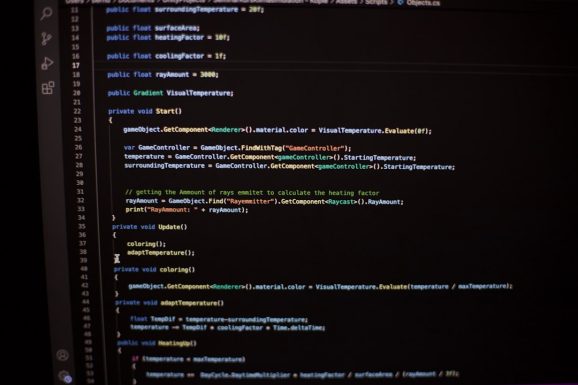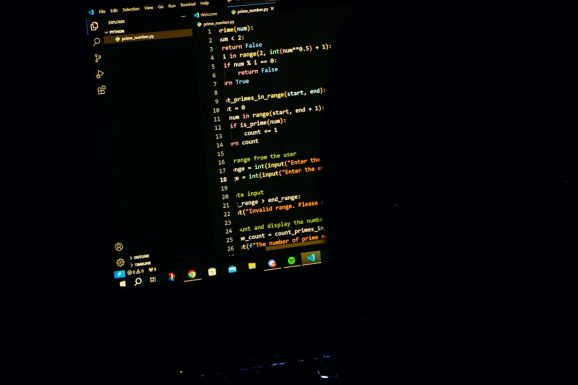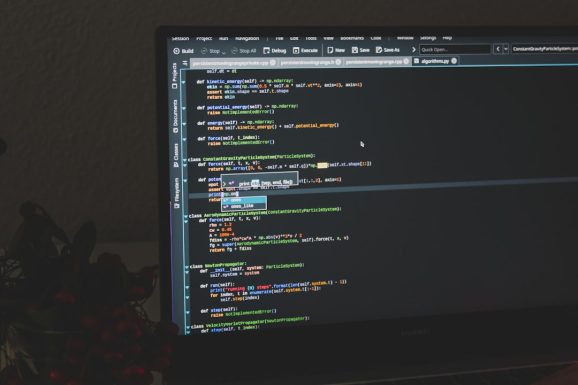The PlayStation Portable (PSP) might be a product of the mid-2000s, but it still garners affection from retro gamers and hobbyist developers. One way to breathe new life into this iconic handheld is by creating your own custom homebrew application. Whether you’re interested in crafting a simple utility or a complete game, making your own app for the PSP is a rewarding journey into embedded development, game design, and digital creativity.
In this guide, we’ll walk you through the step-by-step process of creating a homebrew application for your PSP — from setting up the right environment to deploying and testing your finished product on the actual hardware.
What is Homebrew on the PSP?
All Heading
Homebrew refers to unofficial software developed by hobbyists for proprietary hardware platforms. On the PSP, homebrew includes applications, games, utilities, and even emulators not authorized by Sony. Thanks to its relatively open architecture and a strong community, the PSP has flourished as a homebrew haven for years.
Why Create a Custom Homebrew App?
- Learner’s playground: It’s a fantastic way to learn C or C++ programming.
- Retro gaming revival: You can build your own mini-games or emulators.
- Customization: Make personalized tools and utilities tailored to your needs.
- Community contribution: Share your project and gain valuable feedback from enthusiasts around the globe.
Before diving into coding, let’s look at what you’ll need to get started.
Step 1: Set Up Your Development Environment
To begin developing for the PSP, you’ll first need to set up a compatible toolchain. Here’s how:
Option A: Using Windows (with Cygwin or MinGW)
- Download and install PSPSDK (PSP Software Development Kit).
- Install Cygwin or MinGW, which provides a Unix-like environment for Windows.
- Configure environment variables and build tools (like make and gcc).
Option B: Using Linux
- Open Terminal and install the required libraries using package managers (such as apt).
- Clone the pspdev and pspsdk repositories.
- Compile and install the toolchain using build scripts provided.
It’s essential to follow the detailed installation notes provided in the pspdev GitHub repository to ensure the toolchain is correctly configured.

Step 2: Understanding the PSP Application Structure
Before you start coding, it’s important to know how PSP applications are structured. A basic PSP app usually consists of:
- main.c or main.cpp: The entry point of your application.
- Makefile: Builds your project into an executable EBOOT.PBP.
- Images, sounds, and other assets: Stored in organized folders in the project directory.
Once compiled, your application becomes an EBOOT.PBP file — the format recognized by the PSP system as a launchable app.
Step 3: Writing Your First Homebrew App
Let’s write a simple “Hello, PSP!” application. Create a new file called main.c and add the following code:
#include <pspkernel.h>
#include <pspdebug.h>
PSP_MODULE_INFO("HelloPSP", 0, 1, 1);
PSP_MAIN_THREAD_ATTR(THREAD_ATTR_USER | THREAD_ATTR_VFPU);
int main(int argc, char *argv[]) {
pspDebugScreenInit();
pspDebugScreenPrintf("Hello, PSP World!\n");
sceKernelSleepThread();
return 0;
}
Then, create a Makefile with the following content:
TARGET = HelloPSP
OBJS = main.o
CFLAGS = -G0 -Wall
LIBS =
include $(PSPSDK)/lib/build.mak
Build your application using the terminal command:
makeThis will generate the EBOOT.PBP file inside a directory named OUTPUT or BUILD.
Step 4: Transfer and Test on Your PSP
After building, it’s time to see your hard work in action on your PSP:
- Connect your PSP via USB.
- Access the
PSP/GAMEdirectory on your memory stick. - Create a folder (e.g.,
HelloPSP) and place theEBOOT.PBPfile inside. - Safely disconnect your PSP and navigate to the Game menu to find your app.
- Launch it, and marvel at your homebrew creation!

Step 5: Expanding Your App
Now that your basic app is up and running, it’s time to add complexity. Consider implementing:
- Menus and Navigation: Use controller input to navigate between screens.
- Graphics: Load and display PNG or JPEG images.
- Audio: Add background music and sound effects using PSP’s audio libraries.
- File saving/loading: Let users save progress or settings.
The gfx and ctrl modules in PSP SDK can help you work with graphics and controls, respectively. The community has also developed additional libraries and templates to fast-track development.
Best Practices and Tips
Creating a PSP app is no different than any other software development in terms of maintenance and scalability. Here are some helpful pointers:
- Document your code: Makes future changes or collaboration easier.
- Use version control: Git is your friend, even for small projects.
- Test frequently: Deploy to the PSP often to catch issues early.
- Start small: Don’t aim too big on your first try; build incrementally.
Popular Tools to Enhance Development
Expand your toolkit with these helpful resources:
- PPSSPP emulator: Quickly test your homebrew apps on PC before deploying.
- PSPLink: Remote debugging and logging over USB connection.
- PSPSDK Sample Apps: Templates and premade examples to learn from.
These tools reduce the pain of debugging and let you focus more on building exciting features.
Publishing and Distribution
Once your app is polished and ready, consider sharing it with others:
- Upload to popular forums such as Wololo.net or Reddit’s r/PSP.
- Choose an open-source license (like MIT or GPL) if you want others to contribute.
- Create documentation or a short video demo that showcases how to use your application.

Conclusion
Creating a custom homebrew application for your PSP is an incredibly fulfilling project that stretches both your technical skills and creativity. With the right tools, a bit of patience, and some enthusiasm, you’ll go from loading basic “Hello World” apps to developing fully-featured games and utilities that can be enjoyed by users around the globe.
Whether you’re rekindling your love for a classic handheld or just exploring embedded systems development, building PSP homebrew will prove to be both educational and entertaining. Happy coding!













Recent Comments